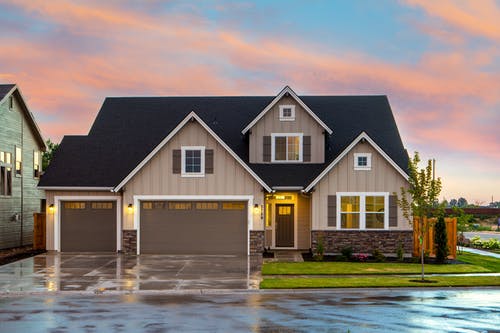The Reality of Domestic Violence

September 22, 2022
From children to women to men, domestic violence has affected households since the beginning of written history. Between 960,000 and 3,000,000 domestic violence cases are accounted for yearly, though many victims do not speak up about their trauma. Despite the perception of abuse evolving, no one is necessarily able to prevent it. Because of this, there are hotlines to call and places to go when someone needs to escape safely.
Thousands of years ago, the first laws supported violence. Hammurabi’s Code stood behind reacting with violence if one felt someone deserved it. BetterHelp’s “A History of Domestic Violence” stated, “Under the Code, women and children were regarded as property. [It] shows that domestic violence wasn’t just allowed in ancient civilization but encouraged in the name of patriarchal dominance.” In other words, males used violence and abuse to assert power over their families. Later, when Christianity became Rome’s central religion, the Catholic Church established its “Rules of Marriage.” “A husband was judge over his wife and recommended beating her as an accepted form of discipline” (Better Help). In the modern day, domestic violence is illegal in the United States. Despite this fact and many acts produced to help protect victims, the numbers of domestic violence/abuse victims are still sitting high.
Domestic abuse does not only refer to physical violence or person-to-person contact. Rachel Goldsmith expresses that this is “a common misconception that people have… domestic violence is defined as a pattern of power and control.” It is common for people to believe they are not victims just because they have not been physically abused, but abuse can take many different forms. Some varieties include physical, sexual, emotional, spiritual, financial, reproductive, and psychological. It can also include stalking and harassment. An example of emotional abuse is someone putting down their partner for their looks, intelligence, and who they choose to spend time with to gain power over them.
A variety of resources are available when a victim is ready to ask for help. Of course, victims can file a police report, but safe houses also provide care for victims and their children. Although most abusers are male, these resources are available to everyone. Safe houses are typically not coed due to stressors and triggers that victims may have. Hotlines and websites are readily available to provide safety instructions on how to get somewhere safe.
If you know anyone experiencing domestic abuse/violence, look for the signs. Then follow up; “Make sure it’s safe to talk, listen carefully and show you care, don’t label their experience, let them know you support them, offer help, keep them safe, [and] support yourself” (UCB).
Resources:
The National Domestic Violence Hotline
1-800-799-7233 (SAFE)
www.ndvh.org
National Child Abuse Hotline/Childhelp
1-800-4-A-CHILD (1-800-422-4453)
www.childhelp.org
National Sexual Assault Hotline
1-800-656-4673 (HOPE)
www.rainn.org
National Center on Domestic Violence, Trauma & Mental Health
1-312-726-7020 ext. 2011
www.nationalcenterdvtraumamh.org
National Runaway Safeline
1-800-RUNAWAY or 1-800-786-2929
www.1800runaway.org



yareysi • Sep 28, 2022 at 9:08 am
Domestic violence has affected between 960,000 and 3,000,000 from children to women and men. Domestic violence cases accounted yearly , though many people do not speak up about their trauma. Domestic abuse expresses that it is a common misconception. variety of people are a victim ready. victims can file a police report, but safe houses can provide cases for their children. their are hotlines and websites that you can use to provide safety and on how to get to places safe